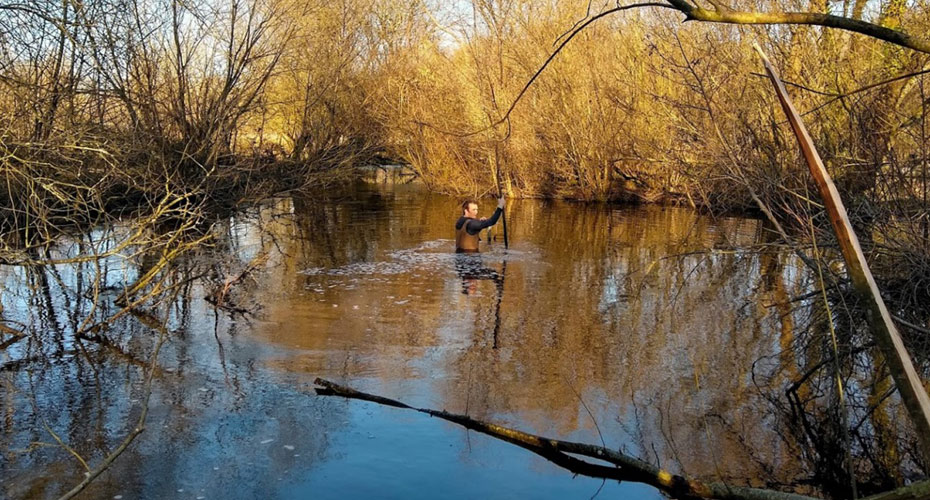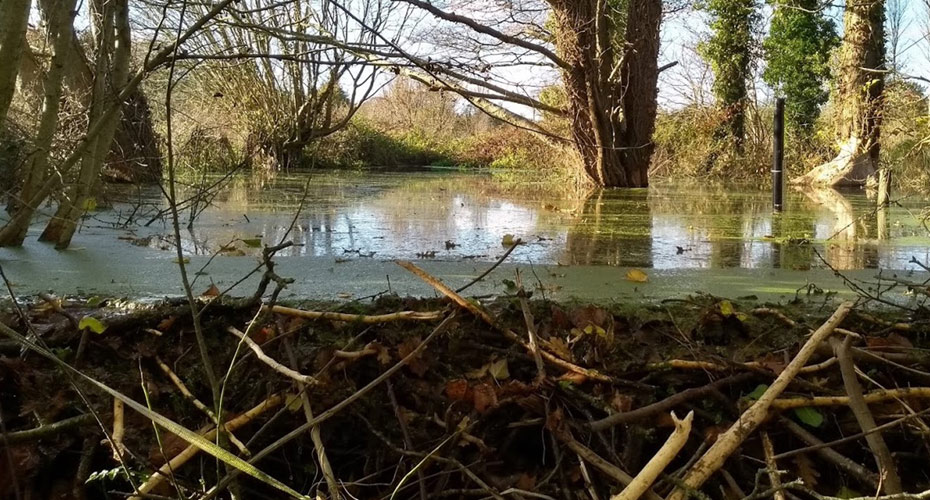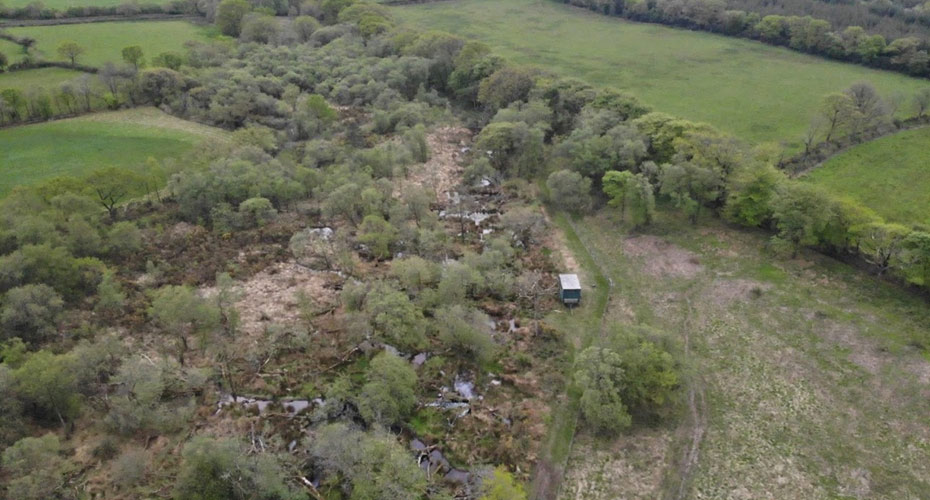Beaver Hydrology
Beaver Hydrology
Beaver Hydrology
Quantifying the hydrological impacts of beaver reintroduction in Great Britain
Beavers are known as ecosystem engineers and can profoundly alter ecosystem structure and hydrological function through this engineering activity, particularly the creation of dams and associated ponds. The presence of beaver dams can have major implications upon flow regimes, water quality and related water resource management issues.
Beavers are known as ecosystem engineers and can profoundly alter ecosystem structure and hydrological function through this engineering activity, particularly the creation of dams and associated ponds. The presence of beaver dams can have major implications upon flow regimes, water quality and related water resource management issues.
Eurasian beaver (C. fiber) has now been restored to much of its former geographical range across continental Europe and there are trial reintroduction projects currently ongoing in Great Britain. However, much of the available research into the impacts of beaver, remains focussed on the North American beaver (C. canadensis), located in very different landscapes. Therefore, knowledge of how beaver impact on the environment and the role they may play in the provision of ecosystem services is vital to inform policy.
Results from the Devon Beaver Project have demonstrated that on a first order tributary draining from intensively managed grassland, a sequence of 13 beaver dams has: (1) increased water storage in the landscape (2) attenuated flow regimes and reduced flood flows (3) increased sediment, nitrogen and carbon storage (4) mitigated diffuse pollution from agriculture, with reduced sediment, nitrogen and phosphate leaving the site. In addition to the biodiversity benefits recorded by project partners, results demonstrate that in an intensively managed lowland agricultural landscape, beaver activity can provide multiple benefits.
However, there remains a need to quantify if and how the hydrological impacts of beaver varies across spatial scales and with catchment land use. With this in mind, hydrological monitoring is ongoing across a suite of beaver monitoring projects in great Britain, working with a broad range of funders and project partners. Together these projects aim to form an evidence base for understanding the potential role (and potential costs/challenges) that beavers could play in multiple benefit, natural process based, water resource management strategies.
Team members
- Prof Richard Brazier (PI)
- Dr Alan Puttock
- Hugh Graham
Funding
- Devon Wildlife Trust
- Forestry Commission
- Cornwall Wildlife Trust
- Dorset Wildlife Trust
- Wellcome Trust
- Wessex Water
- Plymouth City Council
- Environment Agency
- Ernest Kleinwort Charitable Trust
- University of Exeter
Project partners
- Devon Wildlife Trust
- Forestry Commission
- Cornwall Wildlife Trust
- Dorset Wildlife Trust
- Wellcome Trust
- Wessex Water
- Plymouth City Council
- Environment Agency
- Ernest Kleinwort Charitable Trust
- University of Exeter
- Derek Gow Consultancy
- Roisin Campbell-Palmer Consultancy
- Knepp Estate
- Woodland Valley Farm
- Percy’s Farm
- Clinton Devon Estate
Publications
- Puttock, A., Graham, H. A., Ashe, J., Luscombe, D. J., & Brazier, R. E. (2020). Beaver dams attenuate flow: A multi‐site study. Hydrological Processes. DOI: 10.1002/hyp.14017
- Brazier, R. E., Puttock, A., Graham, H. A., Auster, R. E., Davies, K. H., & Brown, C. M. . (2020). Beaver: Nature’s ecosystem engineers. WIREs Water. DOI: 10.1002/wat2.1494
- Graham, H. A., Puttock, A., Macfarlane, W. W., Wheaton, J. M., Gilbert, J. T., Campbell-Palmer, R., Elliott, M., Gaywood, M. J., Anderson, K., & Brazier, R. E. (2020). Modelling Eurasian beaver foraging habitat and dam suitability, for predicting the location and number of dams throughout catchments in Great Britain. European Journal of Wildlife Research, 66(3), 1–18. DOI: 10.1007/s10344-020-01379-w
- Campbell‐Palmer, R., Puttock, A., Wilson, K. A., Leow‐Dyke, A., Graham, H. A., Gaywood, M. J., & Brazier, R. E. (2020). Using field sign surveys to estimate spatial distribution and territory dynamics following reintroduction of the Eurasian beaver to British river catchments. River Research and Applications, rra.3755. DOI: 10.1002/rra.3755
- Puttock A, Graham HA, Carless D, Brazier RE. 2018. Sediment and Nutrient Storage in a Beaver Engineered Wetland. Earth Surface Processes and Landforms DOI: 10.1002/esp.4398
- Puttock A, Graham HA, Cunliffe AM, Elliott M, Brazier RE. 2017. Eurasian beaver activity increases water storage, attenuates flow and mitigates diffuse pollution from intensively-managed grasslands. Science of The Total Environment 576 : 430–443. DOI: 10.1016/j.scitotenv.2016.10.122
- Puttock A, Cunliffe AM, Anderson K, Brazier RE. 2015. Aerial photography collected with a multirotor drone reveals impact of Eurasian beaver reintroduction on ecosystem structure. Journal of Unmanned Vehicle Systems : 150429143447007. DOI: 10.1139/juvs-2015-0005




